
By Rebecca Drew
INCREDIBLE images showing what life was like on the Western Front in WW1 have been brought into the 21st century using vivid colour by an artist inspired by his grandfather who fought in the conflict.
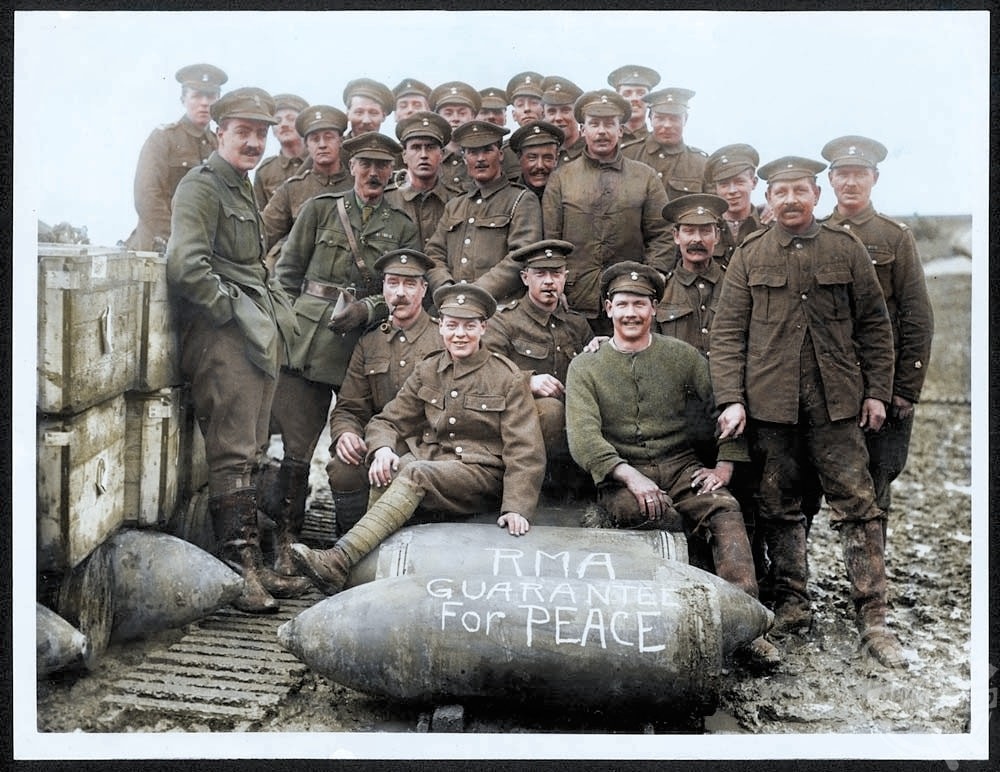
Royston Leonard / mediadrumimages.com
The series of specially colourised pictures show troops looking on as they grab a few minutes respite in the muddy trenches of The Somme, devastated horse drawn German ambulances following a bombing effort, and a soldier accompanied by his trusted mule as they make their way through the muddy fields of the Western Front.
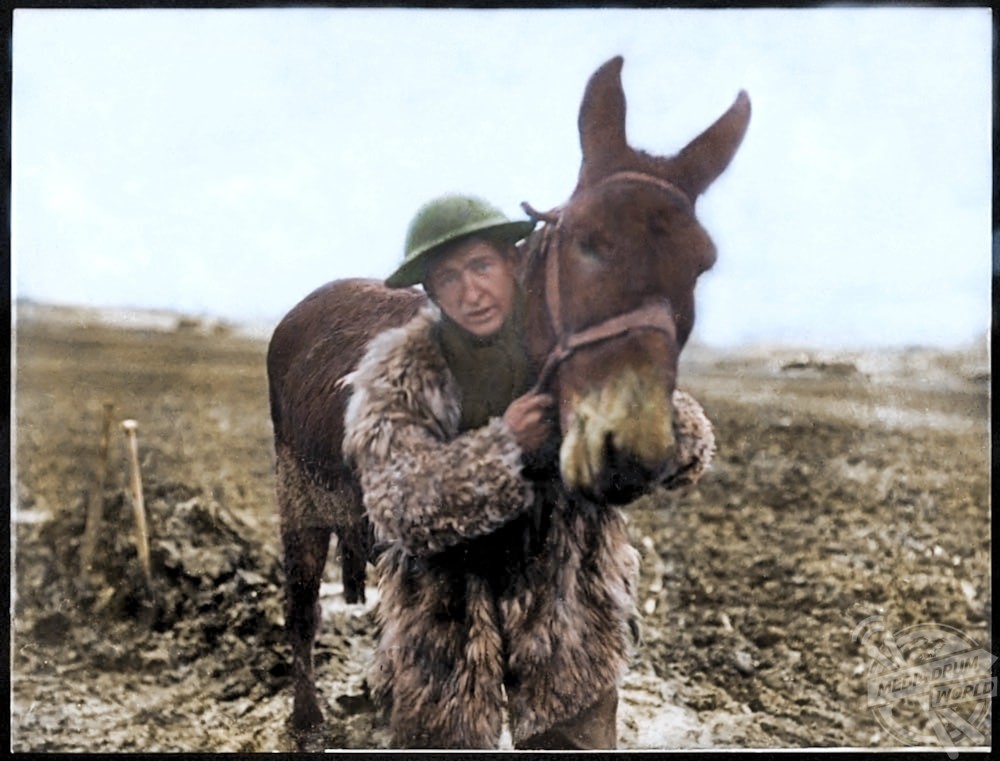
Royston Leonard / mediadrumimages.com
One shot shows horses pulling carts and soldiers through the destruction on the Menin Road in Belgium in 1917, whilst another shows a group of Royal Artillery smiling for the photographer behind two large shells with the words ‘Guarantee for Peace’ etched on to them, whilst some of the men enjoy a smoke on their pipes.
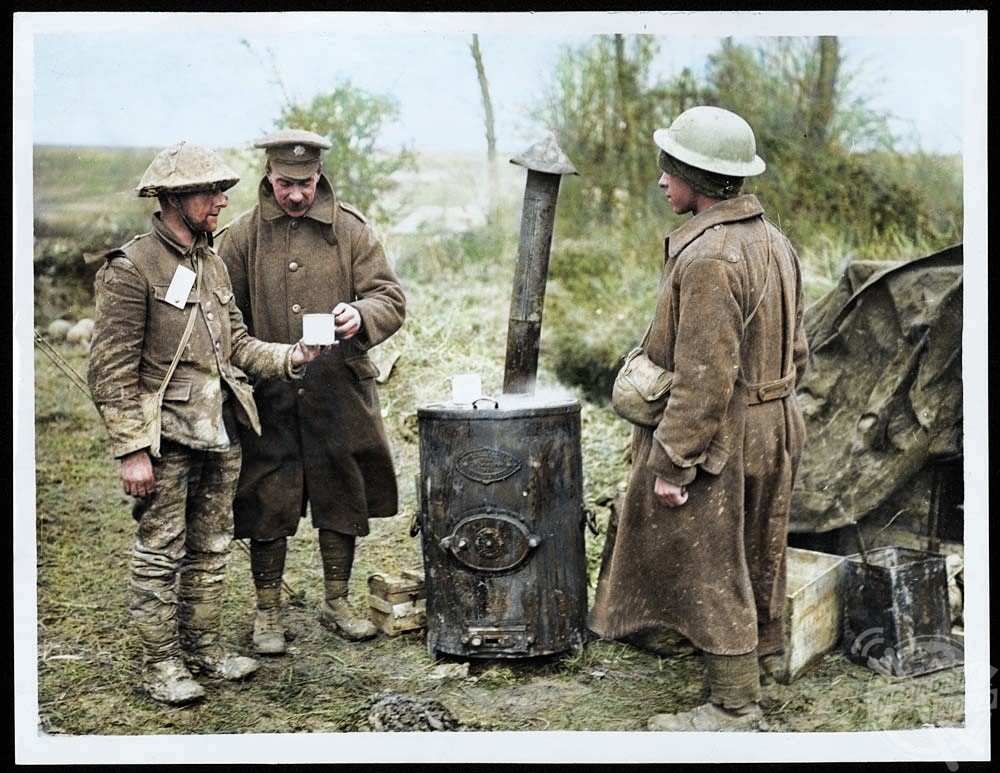
Royston Leonard / mediadrumimages.com
The pictures were colourised by electrician, Royston Leonard (56) from Cardiff, UK, after being inspired by stories of his own grandfather’s time on the Western Front.
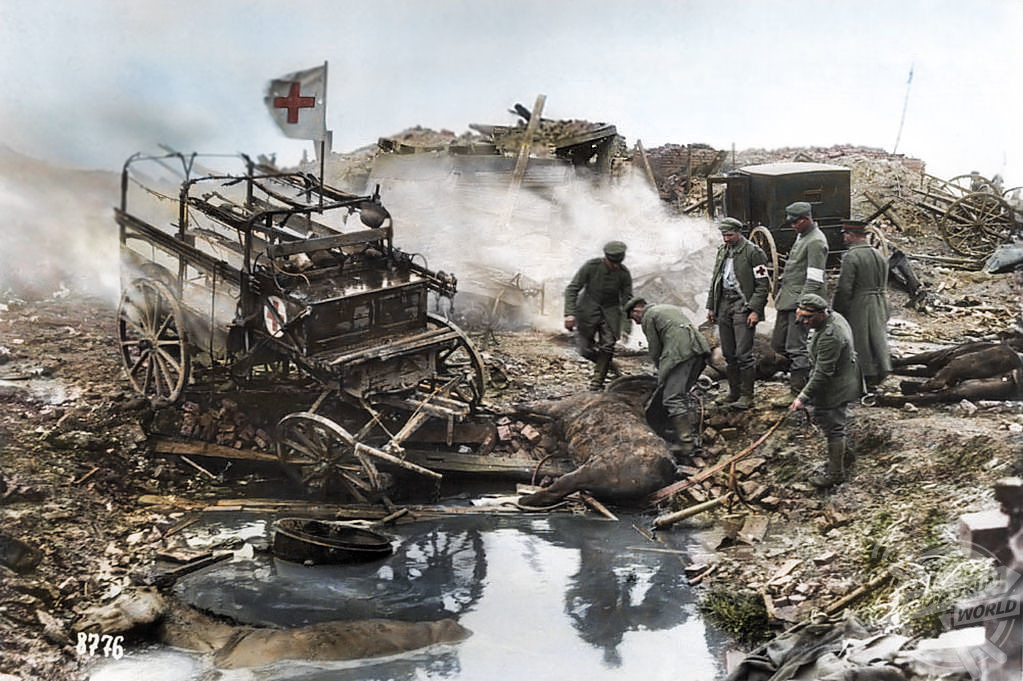
Royston Leonard / mediadrumimages.com
“For me, colourisation started off as a hobby as I would colour photos for my family and friends,” he said.
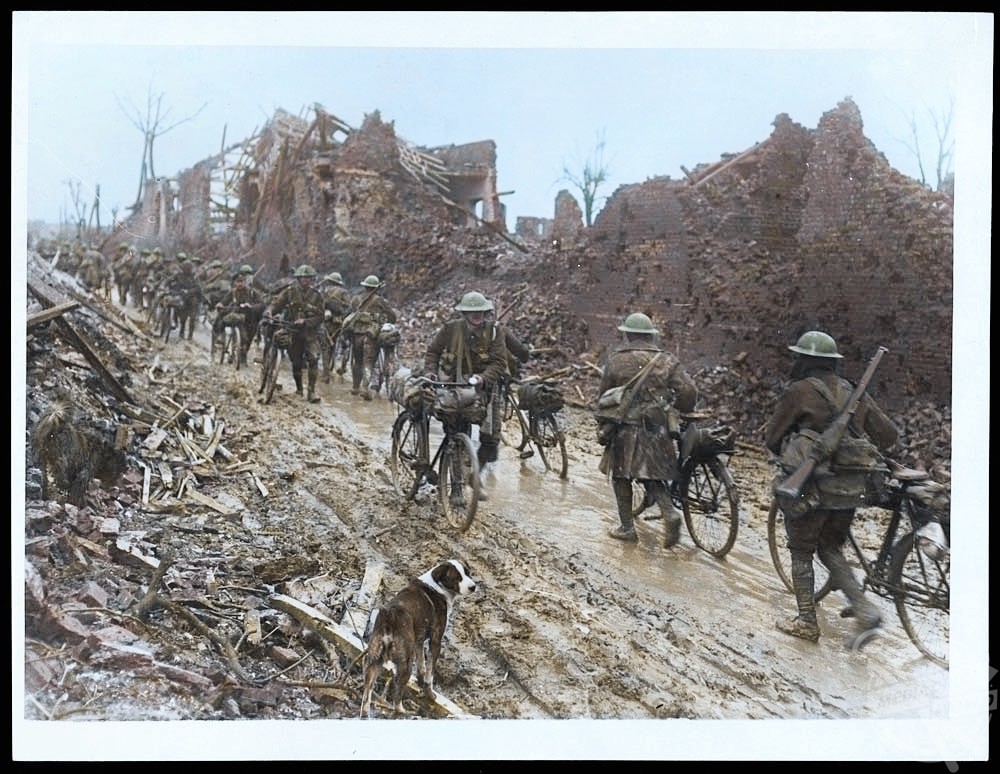
Royston Leonard / mediadrumimages.com
“I got the idea for this set after hearing stories about by grandfather who was there for almost four years.
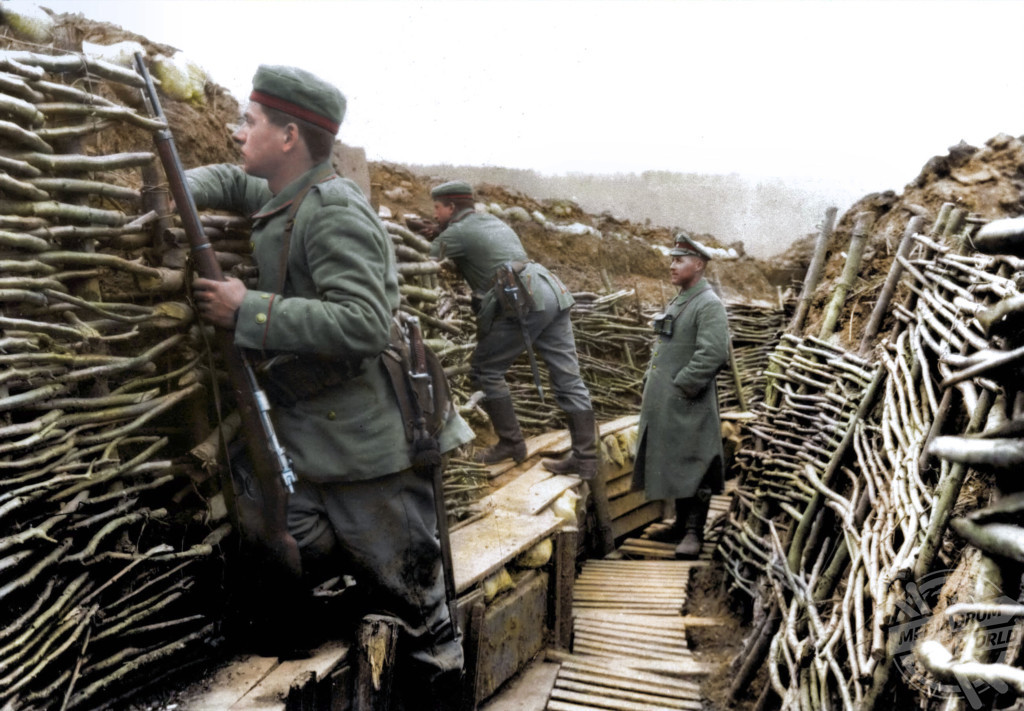
Royston Leonard / mediadrumimages.com
“The photos show how hard life was and how the men were just trying to live in the terrible conditions that were on the Western Front for both sides and trying to make the best of it.
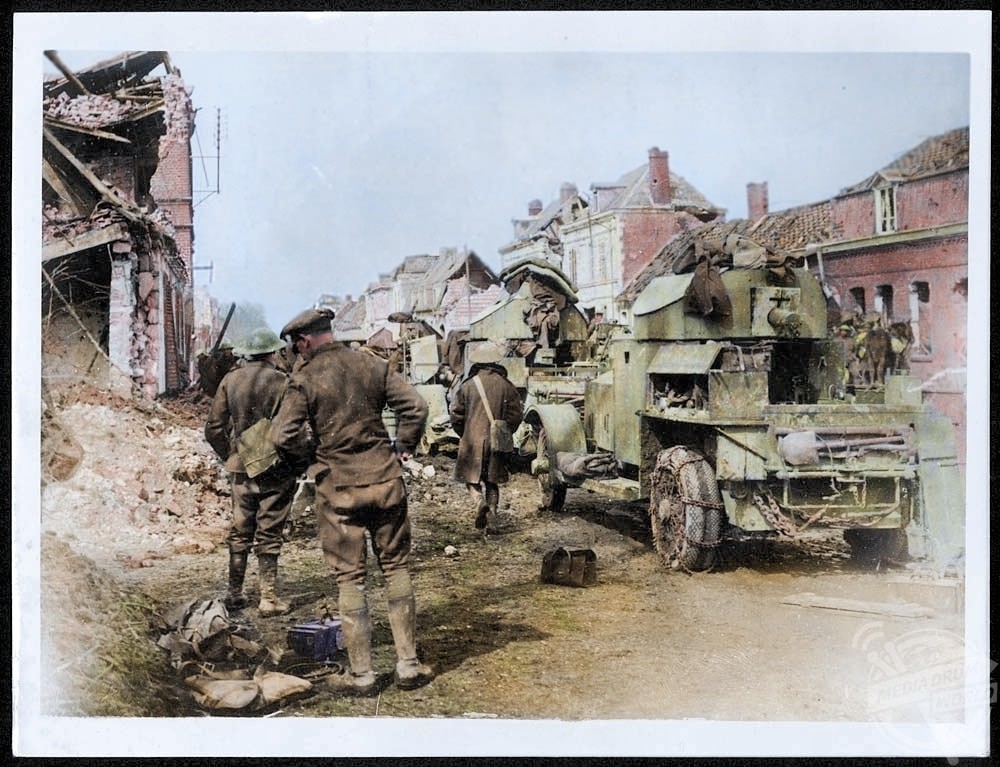
Royston Leonard / mediadrumimages.com
“They show how life was at every moment and remind us just how cruel war is but at the same time these men carried on and made the most of it.”

Royston Leonard / mediadrumimages.com
The Western Front was the main theatre of war during WW1 after it was opened by the German Army who first invaded Luxembourg and Belgium in August 1914.
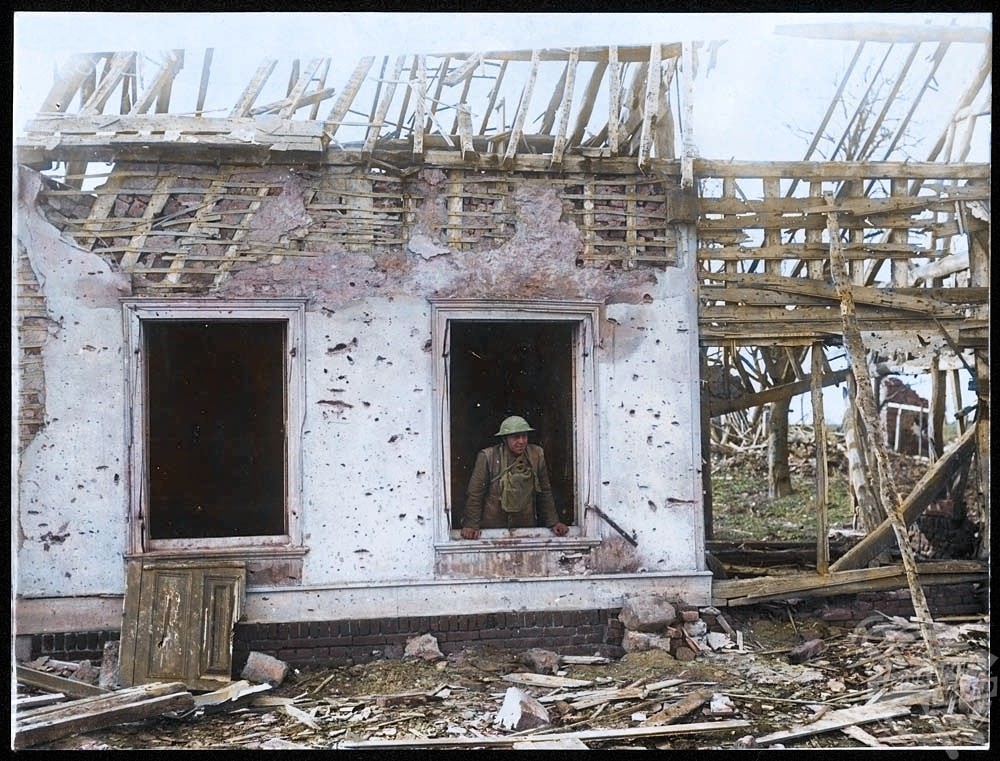
Royston Leonard / mediadrumimages.com
Between 1915 and 1917, there were several offences along the front that saw massive artillery bombardments and infantry advances. Entrenchments, machine gun emplacements, barbed wire and artillery inflicted severe casualties during the attacks and few significant advances were made.
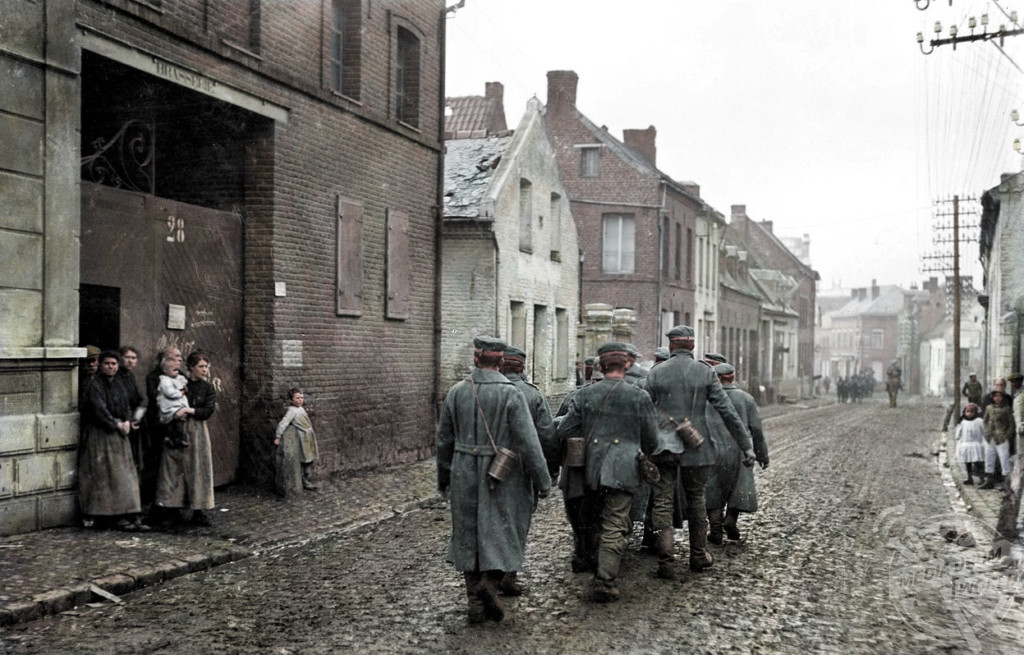
Royston Leonard / mediadrumimages.com
The most costly of these were the Battle of Verdun in 1916 which saw an estimated combined casualties of 700,000, the Battle of the Somme in the same year with more than an estimated million casualties and the Battle of Passchendaele with 487,000 estimated casualties.
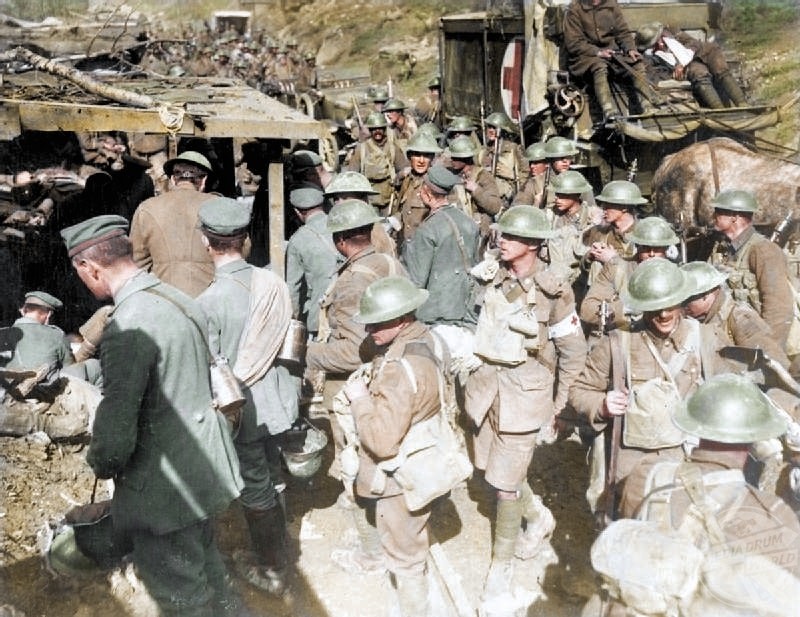
Royston Leonard / mediadrumimages.com
To break the deadlock that occurred in trench warfare, both sides employed new military technology such as poison gas, using aircraft and tanks.
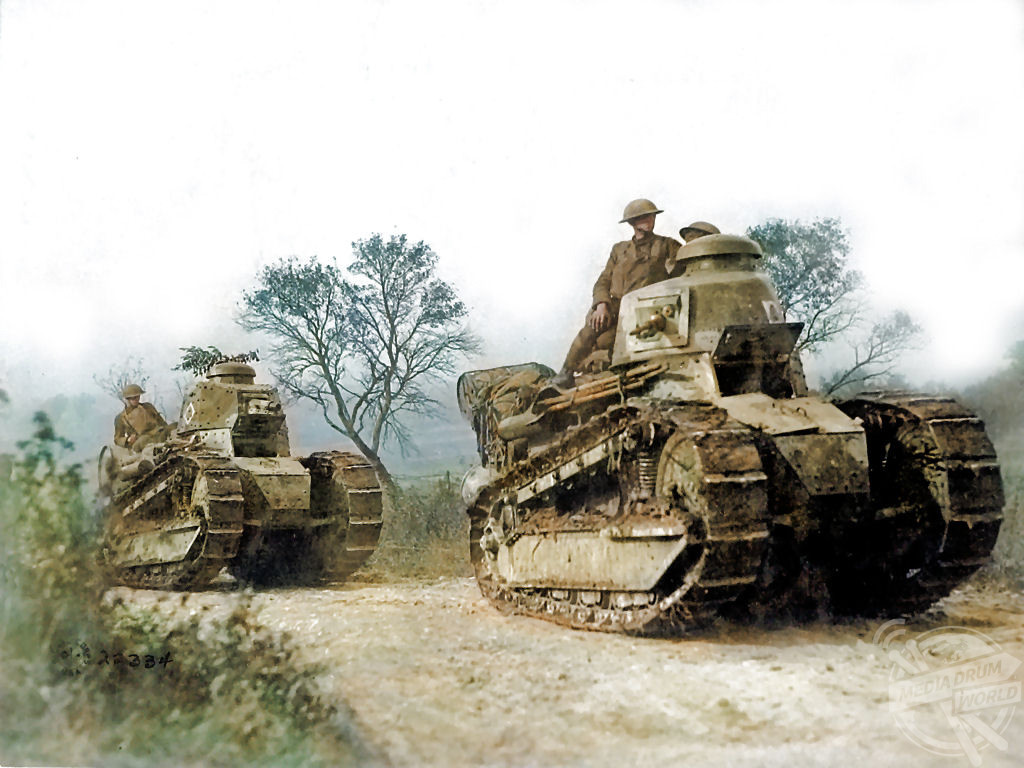
Royston Leonard / mediadrumimages.com
“As they pass from living memory to just remember them as people and not just images in a book or old photographs in a museum is so important and colourisation brings these people into the modern day,” added Royston.
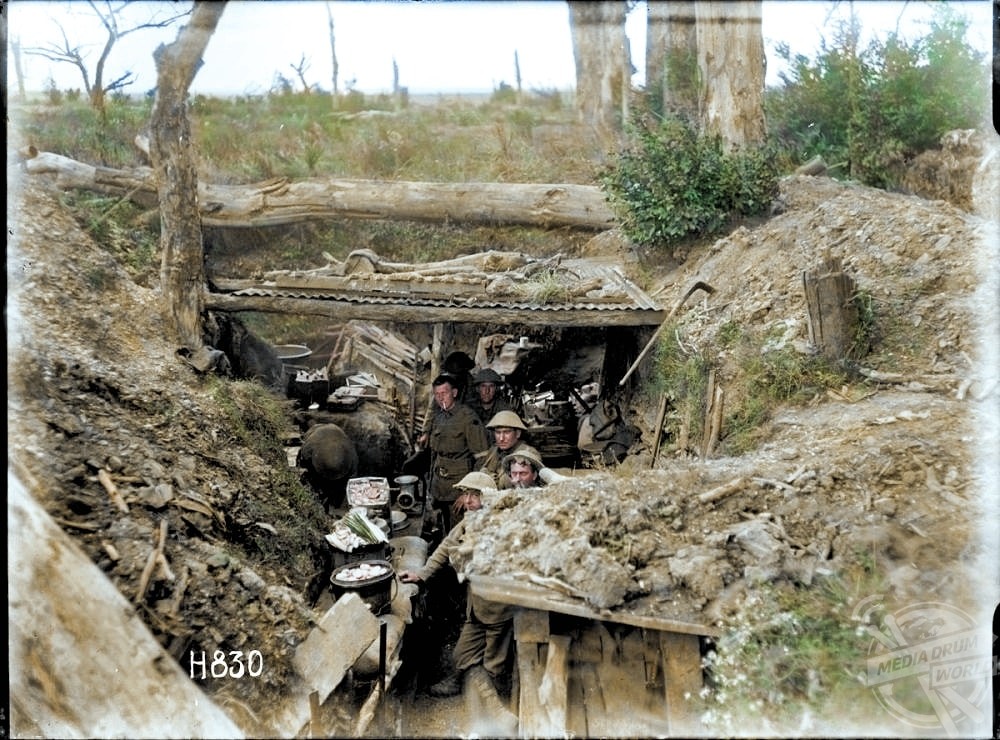
Royston Leonard / mediadrumimages.com
“For they had dreams of a better world just like us today.”
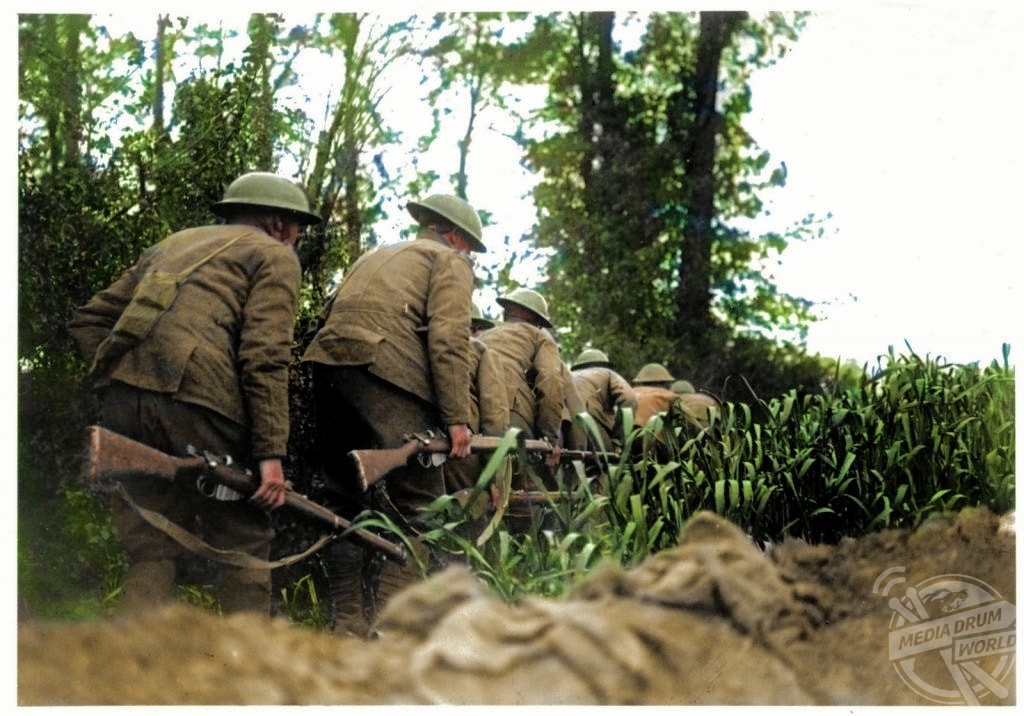
Royston Leonard / mediadrumimages.com






